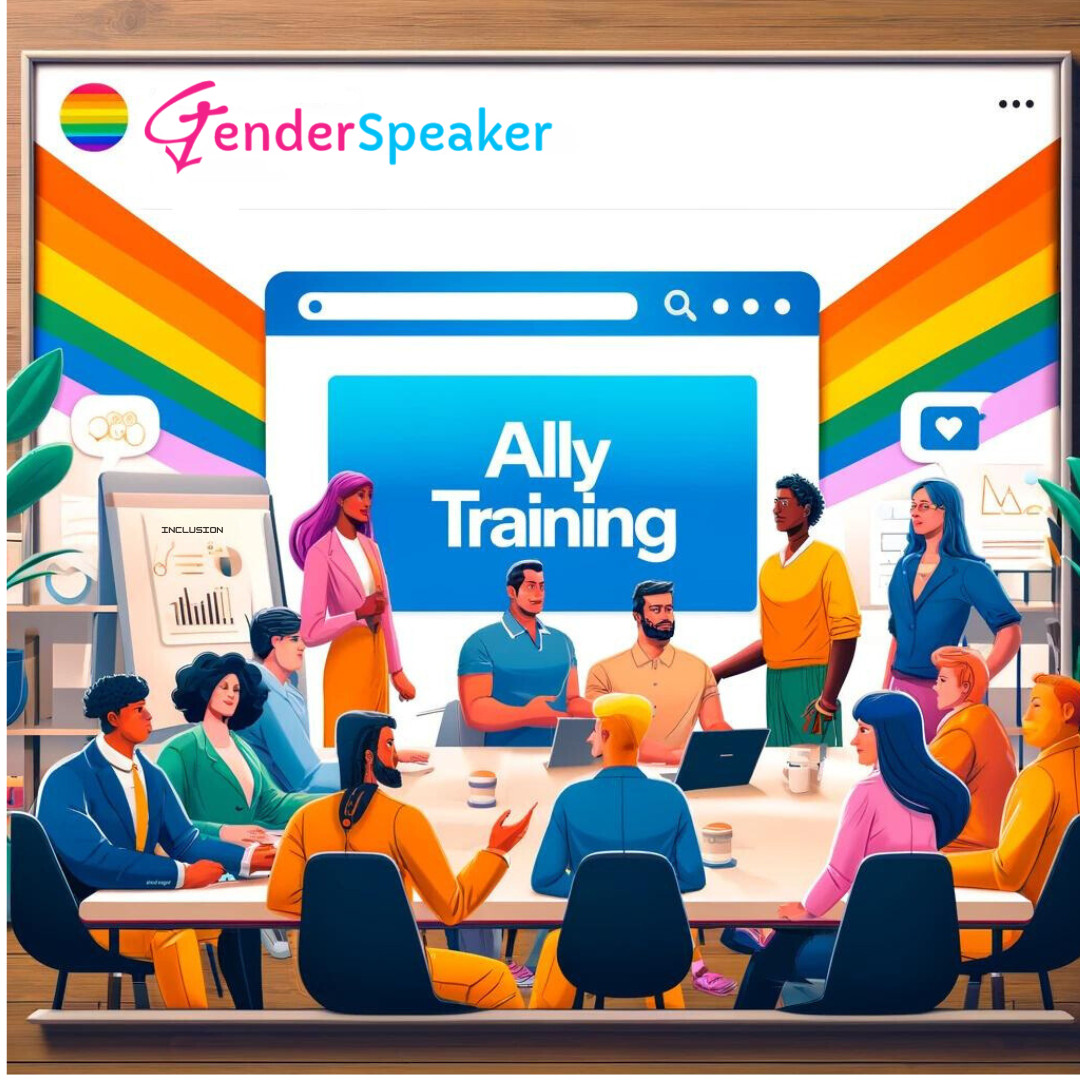
As we celebrate Pride Month in June, and throughout the summer months, it's crucial to go beyond the parades and rainbow flags and focus on substantive changes that foster a truly inclusive environment. A key component of this transformative effort is cultivating active allies through LGBTQ+ Ally Training. In this post, we’ll explore what it means to be an ally, why allyship is vital, and how businesses can build effective ally programs to create a supportive and inclusive culture. 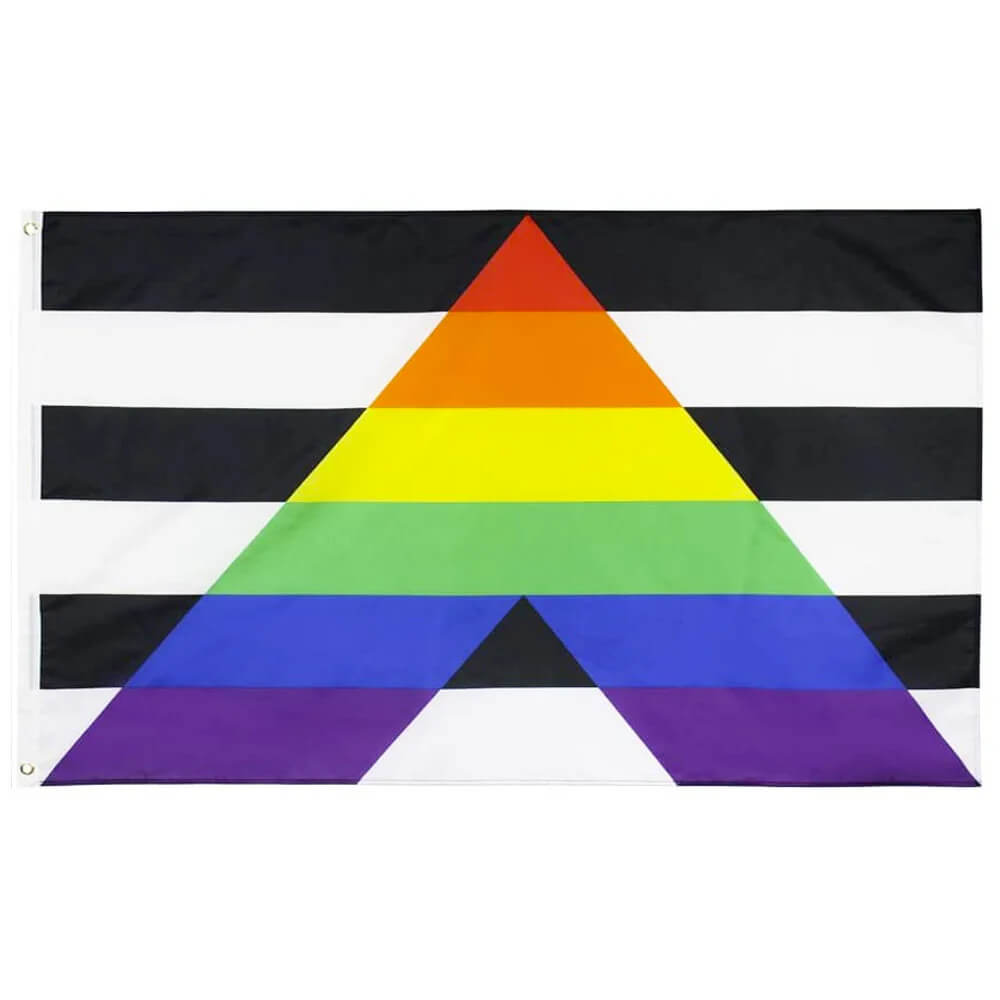

What is an Ally?
An ally is someone who supports, empowers, or stands up for another person or group, particularly those who may face discrimination or exclusion. In the context of LGBTQ+ communities, an ally is often someone who does not necessarily identify as LGBTQ+ but supports the community's rights and challenges homophobia, biphobia, and transphobia. Being an ally involves more than passive sympathy; it requires active efforts to support and advocate for systemic change.
The Importance of Allies
Allies play a critical role in the workplace by promoting diversity and inclusion. They help to create a safe space where LGBTQ+ individuals can freely express their identities without fear of discrimination or prejudice. By challenging discriminatory behaviours and fostering dialogue, allies help to educate their peers and promote a deeper understanding of LGBTQ+ issues within the corporate sphere.
How to Become an Ally
Becoming an ally is a journey that involves continuous learning, listening, and action. Here are some steps to start this journey:
- Educate Yourself: Learn about the LGBTQ+ community, including the history, the significance of pronouns, and current issues facing members of the community.
- Speak Up: Challenge homophobic or transphobic remarks in a respectful way. Silence often signifies acceptance, even if unintended.
- Amplify LGBTQ+ Voices: Encourage and facilitate platforms for LGBTQ+ colleagues to share their experiences and perspectives.
- Advocate for Inclusive Policies: Support or initiate policies that promote equality and inclusion, such as gender-neutral restrooms and inclusive health benefits.
Promoting an Ally Program in Your Organization
Organizations play a pivotal role in fostering allyship. Here are steps to promote an effective ally program:
- Formal Training: Implement comprehensive ally training programs that educate employees on LGBTQ+ experiences, terminology, and ways to support them.
- Visibility Campaigns: Launch campaigns that promote allyship visibly and vocally. This could include “I Am an Ally” badges or posters that explain how to be a good ally.
- Resource Groups: Support or establish LGBTQ+ and allies resource groups that offer a safe space for discussions and support.
Positive Outcomes of a Good Ally Program
Effective ally programs can transform an organization by:
- Enhancing Employee Engagement: Employees who feel supported are more likely to be engaged and productive.
- Attracting Talent: Organizations known for their inclusive cultures attract diverse talent.
- Improving Team Cohesion: Inclusive teams work better together, fostering an environment of mutual respect and collaboration.
Conclusion
LGBTQ+ Ally Training isn't just about creating a supportive workplace for the LGBTQ+ community; it's about building a culture where every employee can thrive. As we strive to make inclusivity a cornerstone of corporate culture, the role of allies becomes more crucial than ever.
As a speaker with extensive experience in fostering inclusivity and championing LGBTQ+ rights, I am dedicated to helping organizations implement these changes. If you're looking to inspire and educate your team, consider booking me for your next event. Together, we can make your workplace not only a space of acceptance but one of active advocacy and profound understanding.
Visit my LGBTQ Speaker webpage to learn more about how we can collaborate to make inclusivity your priority this Pride Month and beyond.

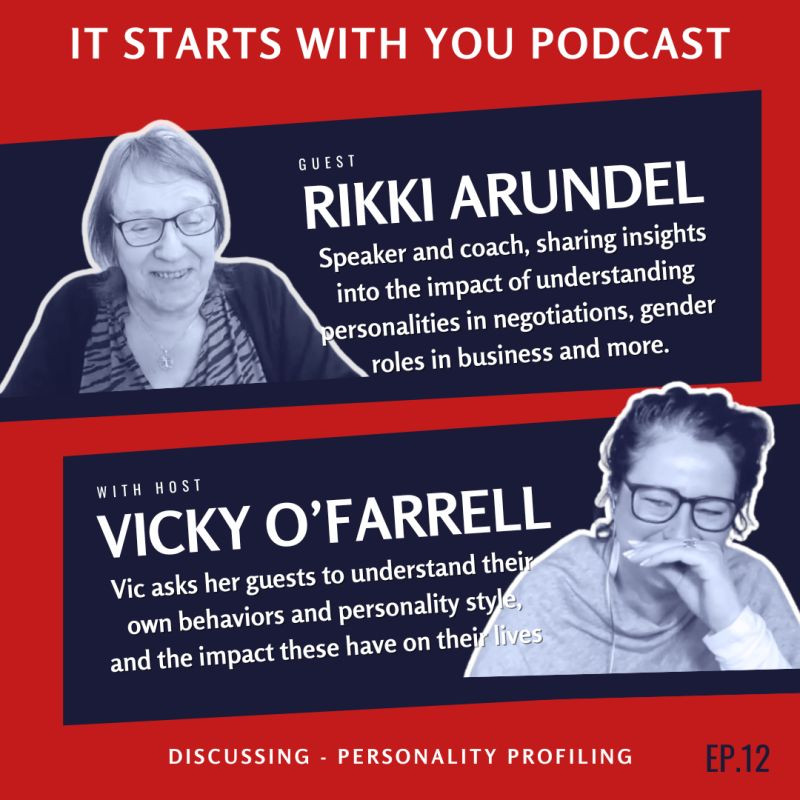

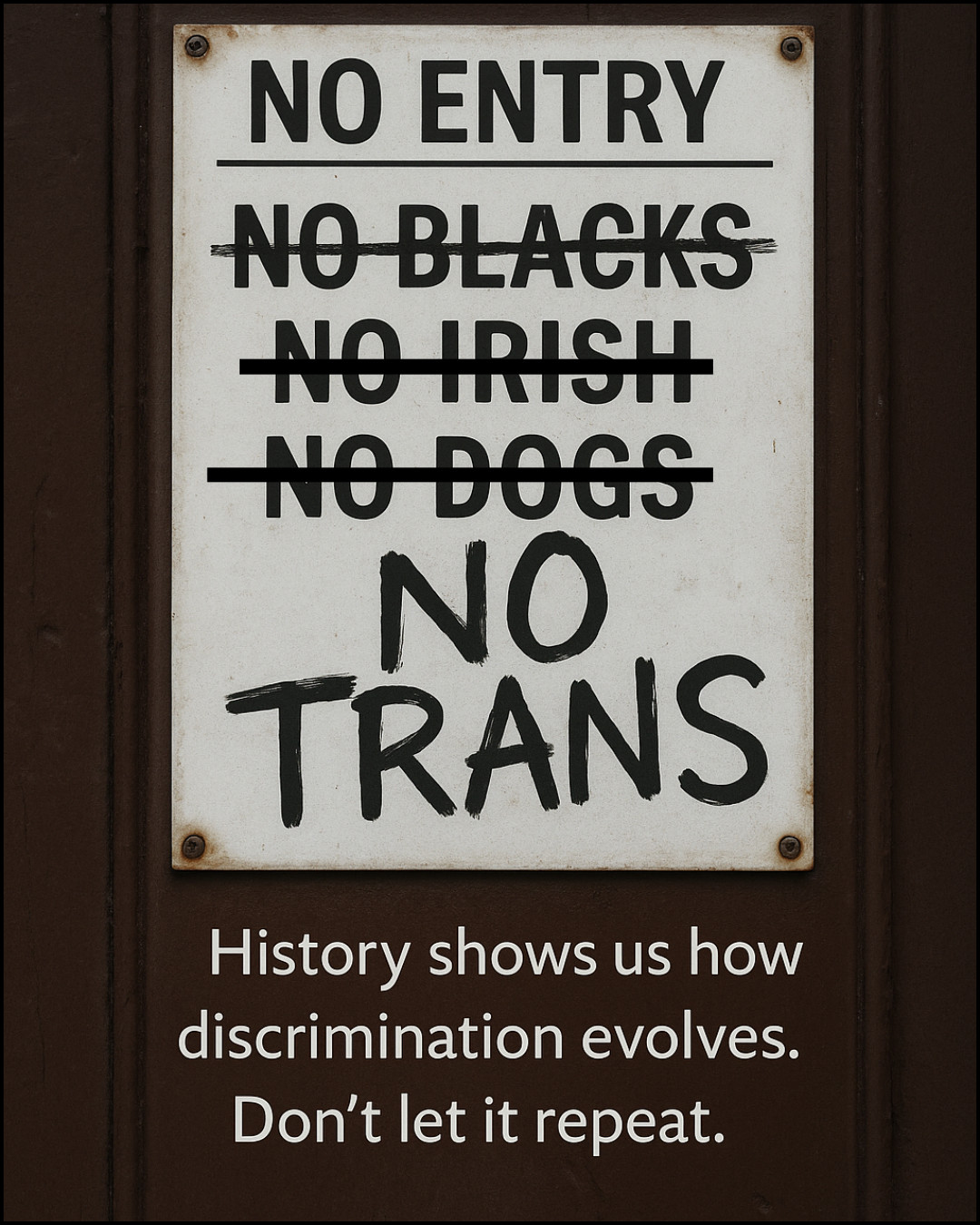
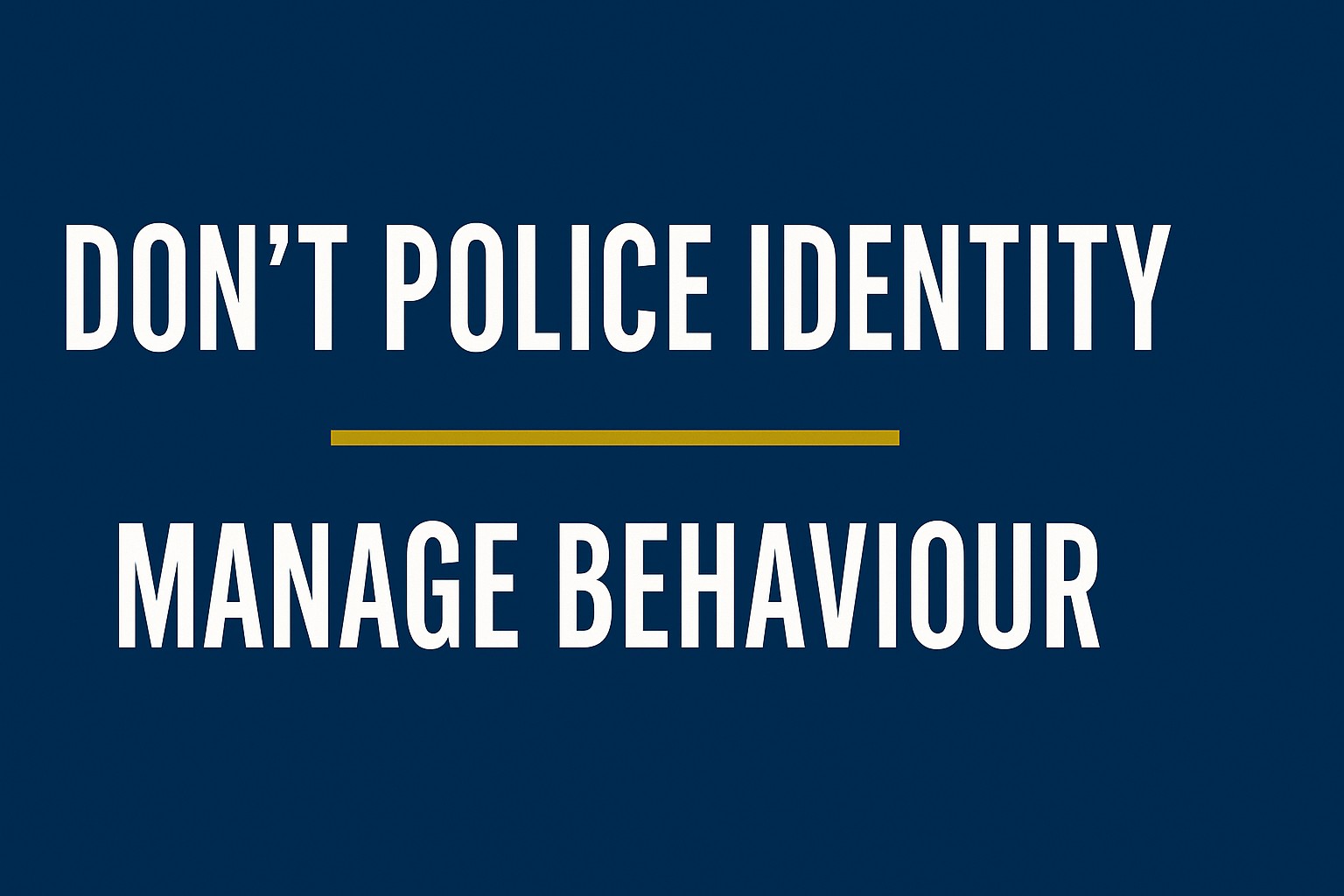

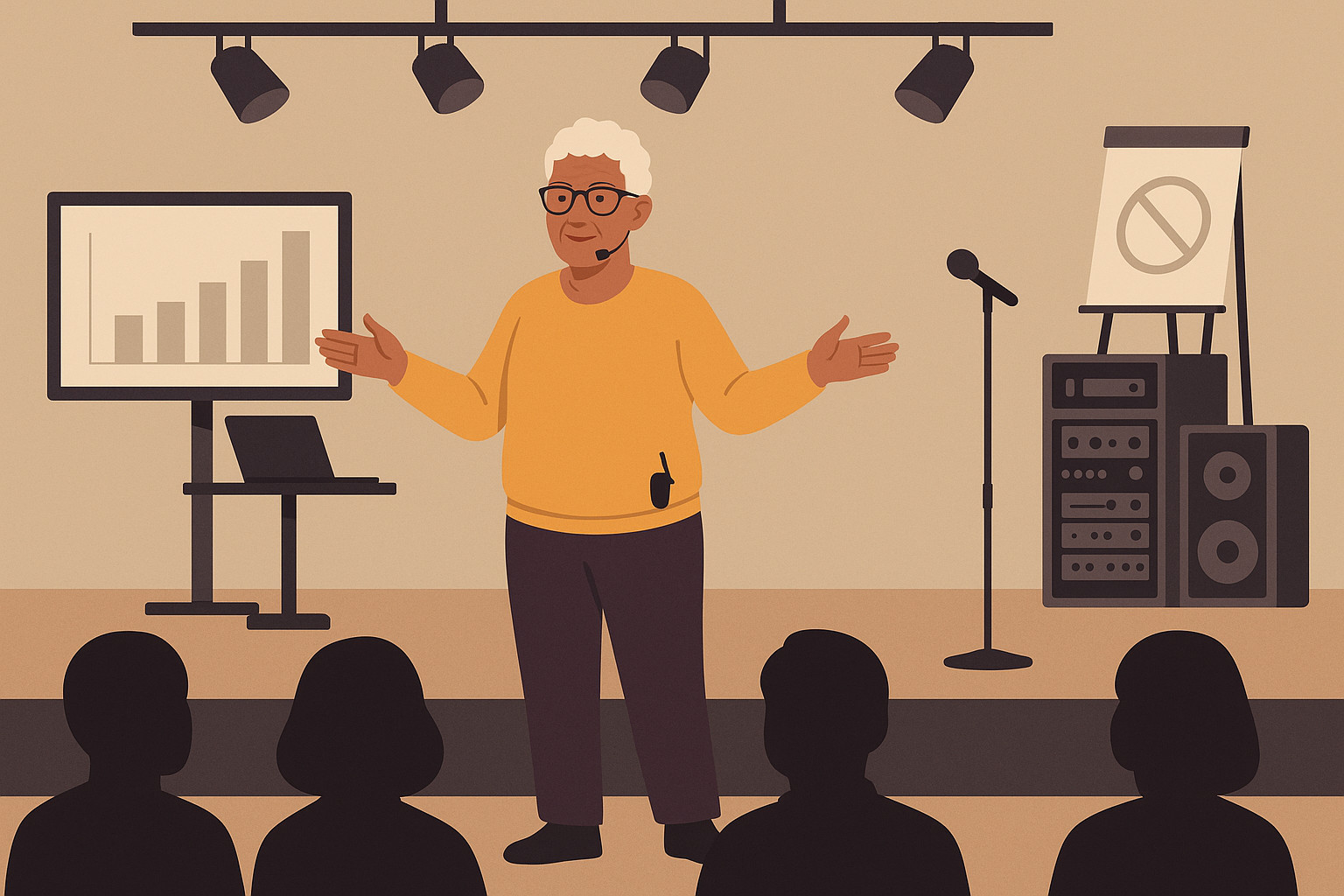

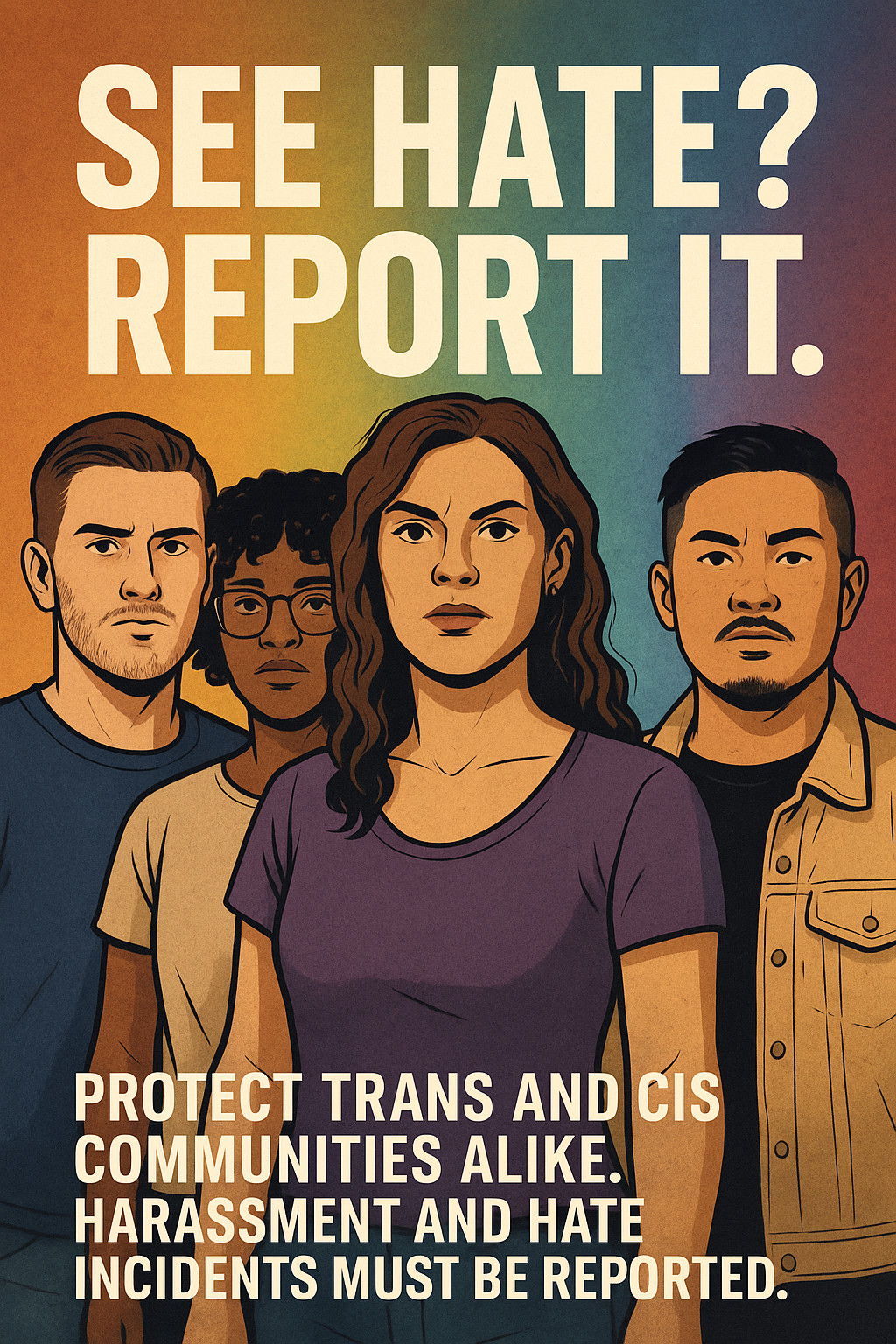

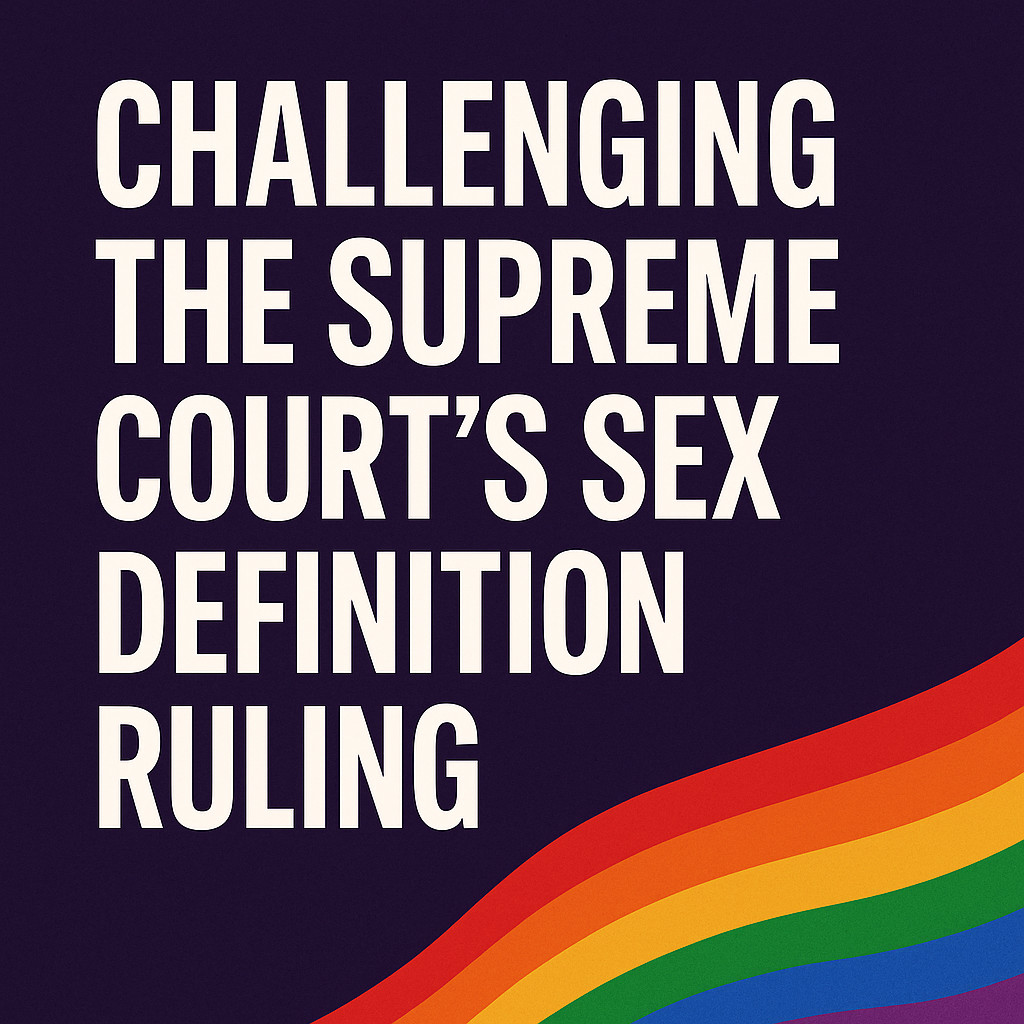









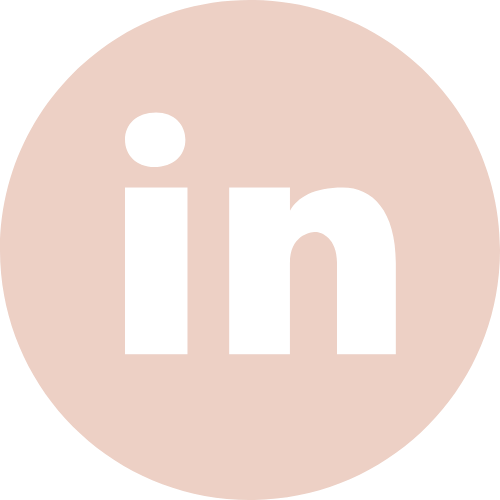
0 Comments